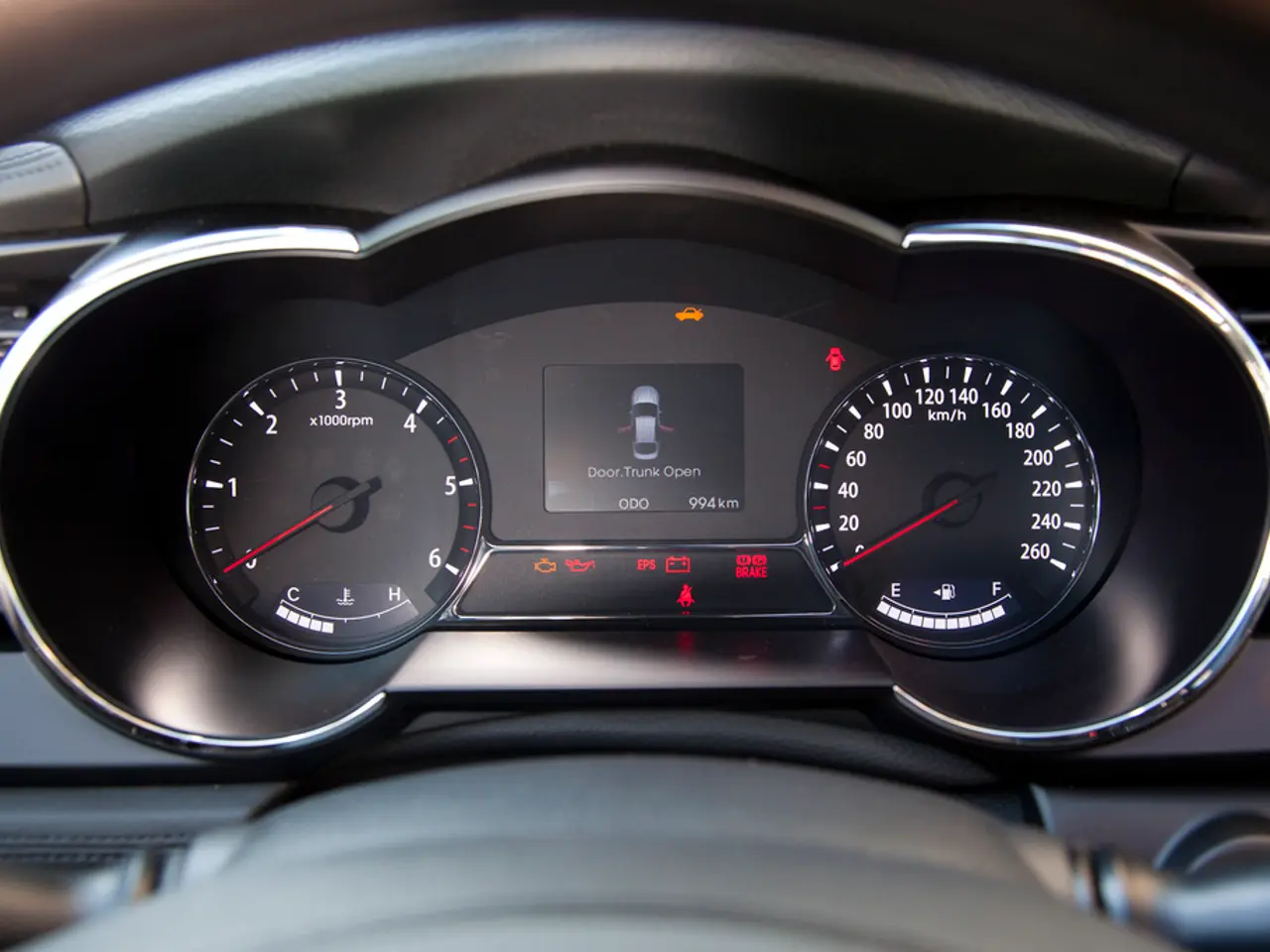Digital Infusion in Mechanical Automotive Cooking: A Sprinkle of Electronic Seasoning in Vehicle Mechanics
In the rapidly evolving world of automotive technology, sensors play a crucial role in shaping the future of transportation. These advanced devices are transforming the way vehicles perceive and interact with their surroundings, paving the way for a safer, more efficient, and autonomous driving experience.
Modern camera sensors, often referred to as advanced video cameras, provide a 360° view of the environment, differentiating between various objects such as other cars, pedestrians, cyclists, traffic signs, signals, and road markings. This technology is particularly valuable in autonomous vehicles, where it is used to detect and interpret objects.
Short-range radar sensors are instrumental in features like blind-spot monitoring, lane-keeping assistance, and parking aids. Long-range radar sensors, on the other hand, perform automatic distance control and brake assistance. The introduction of MEMS (Micro-Electro-Mechanical Systems) sensors, wireless sensors, and radar sensors is expected to significantly improve the reliability of autonomous vehicles.
One of the most promising advancements in automotive sensors is the development of 3D LiDAR and Time-of-Flight (ToF) sensors. LiDAR sensors, which use lasers instead of radio waves, are particularly noteworthy due to their superior resolution and 3D mapping capabilities. They provide detailed spatial information over long ranges and are less influenced by lighting conditions, enabling high-accuracy object detection. The global automotive LiDAR sensor market is projected to grow dramatically, driven by the surge in autonomous vehicle production and regulatory mandates for advanced driver assistance systems (ADAS).
3D sensors based on ToF technology, such as Infineon’s REAL3™ sensors, are advancing in-cabin and exterior sensing. These sensors deliver high-resolution 3D data at short to mid-range distances and are robust against ambient light interference. Their applications include gesture control, driver monitoring, occupant classification, and collision avoidance.
Radar sensors continue to be essential for longer-range detection and measuring speed and distance, complementing LiDAR’s resolution with robust all-weather capability. MEMS sensors contribute crucial motion, orientation, and environmental data for vehicle stability control, navigation, and safety systems at low cost and small form factors.
The integration of these sensors does not interfere or affect the basic functionalities of the vehicle. Instead, it enhances safety, comfort, and convenience. For instance, transmission sensors are used for applications that involve all gear/neutral detection for manual transmission, start and stops functioning in the vehicle, and monitoring transmission during drive mode for automatic, variable mode, and dual-clutch mode.
The connected car, which allows real-time data transfer, is another area where sensors play a vital role in monitoring vehicles and drivers. The miniaturization and surge of IoT technology are key factors driving the demand for automotive sensors.
The automotive sensors market is currently dominated by passenger cars, with emerging economies like the U.S., France, and U.K leading the market. The ongoing trends and advancements in automotive sensors increasingly focus on enabling higher levels of vehicle autonomy by improving environmental perception through enhanced 3D sensing and integration of multiple sensor types.
In conclusion, the impact of these sensor advancements on autonomous vehicles includes enhanced environmental perception, improved in-cabin monitoring and customization, regulatory compliance, greater sensor fusion, and market expansion. As technology continues to evolve and costs reduce, we can expect to see even more exciting developments in the world of automotive sensors.
- The global automotive LiDAR sensor market is projected to grow dramatically due to the surge in autonomous vehicle production and regulatory mandates for advanced driver assistance systems (ADAS).
- 3D LiDAR and Time-of-Flight (ToF) sensors, such as Infineon’s REAL3™ sensors, are advancing in-cabin and exterior sensing, with applications including gesture control, driver monitoring, occupant classification, and collision avoidance.
- Radar sensors continue to be essential for longer-range detection and measuring speed and distance, complementing LiDAR’s resolution with robust all-weather capability.
- MEMS sensors contribute crucial motion, orientation, and environmental data for vehicle stability control, navigation, and safety systems at low cost and small form factors, while gadgets such as smartphones and data-and-cloud-computing technologies facilitate real-time data transfer in the connected car industry.




